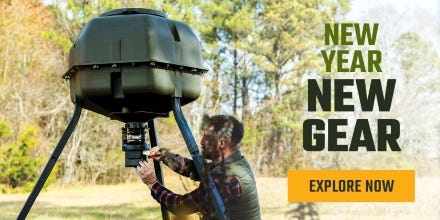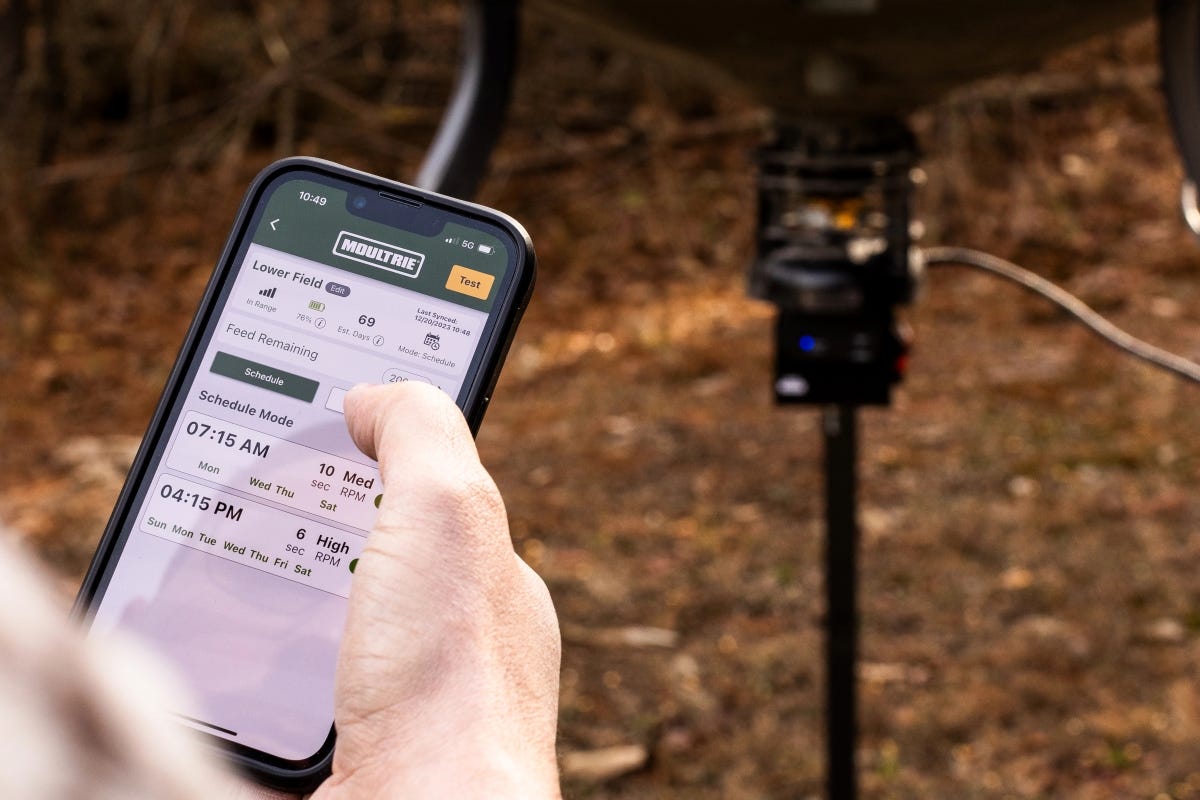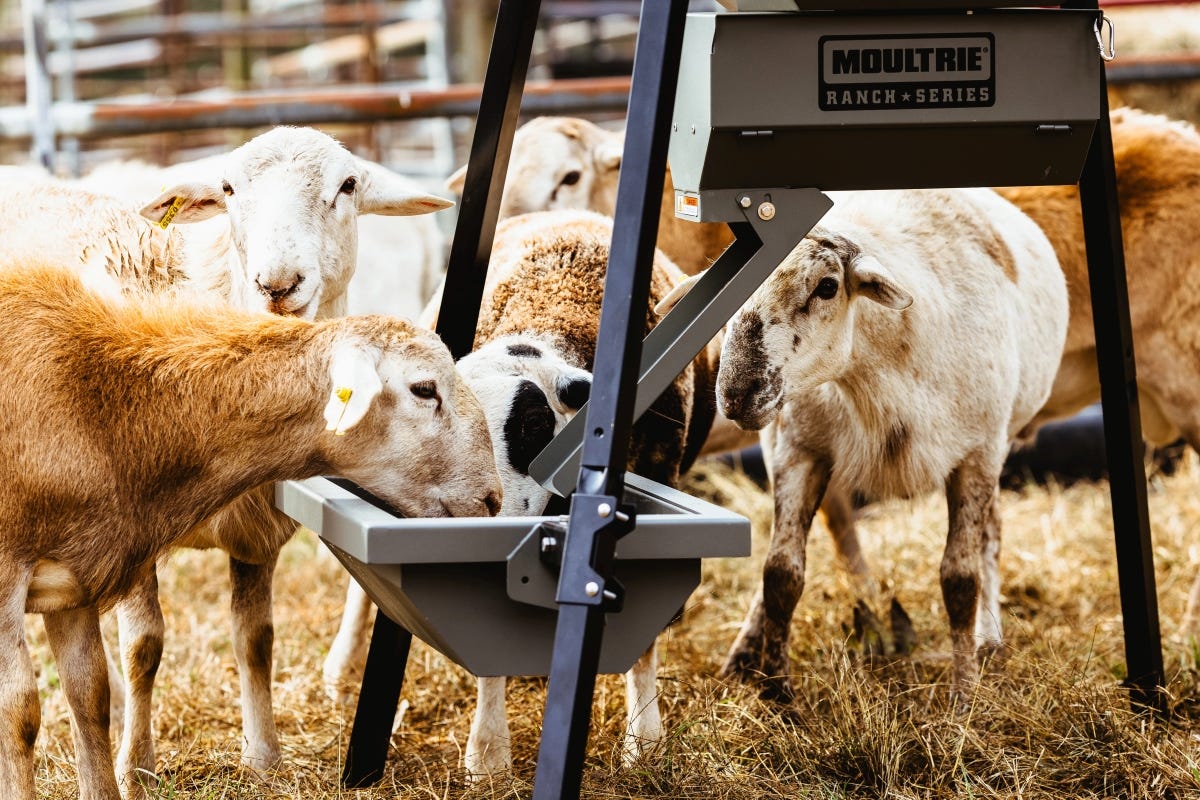- Mar 31, 2021
How Far Can a Trail Camera Take a Picture?


Trail cameras have been used to scout wildlife for decades. During that time, the technology of trail cameras has made incredible strides. Modern cameras are smaller, lightweight, digital and come in a variety of designs for every purpose and need.
Moultrie is a brand best known for revolutionizing the trail camera industry through updated, sleek designs that work in conjunction with modern technology. To determine what type of trail camera fits your needs, it's important to fully understand the key variations between different models and how they work in the wild.
Factors That Determine Trail Camera Trigger Distance
Trail cameras are unique because they take high-quality images of wildlife without disturbing the natural environment. They are typically encased in weather-proof housing and strapped to a tree about two to three feet off the ground.
The trigger distance of trail cameras determines when a camera takes an image. Multiple features affect when a trail camera takes a picture, such as:
- Range: Different trail cameras have varying ranges that determine how far away they take photos. Ranges can vary from 20 feet to 80 feet.
- Multi-shot mode: Some cameras have a feature that takes multiple pictures after sensing movement. This way, it's easy to capture a series of animal movements.
- Trigger speed: More advanced trail cameras will take an image as soon as they detect motion, so they will never miss a photo.
To improve the trigger distance of a trail camera, it's helpful to clear away any brush or foliage that may impact the camera's detection sensors. This way, no obstacles are blocking the trail camera from detecting an animal.
How Often Do Trail Cameras Take Pictures
Trail cameras actually are triggered when they detect a difference in temperature between an animal and the ambient temperature. If a camera has a wide range, it will capture any animal in the detection zone, even if they are farther away.
If an animal is closer to the detection zone, the trail camera can use a passive infrared sensor, also known as a PIR sensor, to detect any temperature changes and take a photograph.
Some cameras can also utilize time lapse mode to capture images. Time lapse is used to set up predetermined intervals that the camera will automatically take a picture. This setup works great in a field where animals might be out of range of the PIR sensor. By using time lapse, the camera will capture pictures of any animal in beyond the detection range — whether it's day or night. This is a great way to see what is moving on the far side of a large field.
Check Out Moultrie's High-Quality Trail Cameras
At Moultrie, we have an extensive collection of trail cameras made with cutting-edge technology. To make the images on our cameras more accessible, we've designed cellular trail cameras that send image to your smartphone.
The most advanced type of trail cameras that we carry include our cellular trail cameras. These high-definition cameras send images directly to your phone or laptop, so you can use them to monitor game from anywhere. Additionally, these cameras utilize the Verizon or AT&T networks and have long-lasting battery life.
To find the right Moultrie trail camera for your needs, browse our product selection today.






